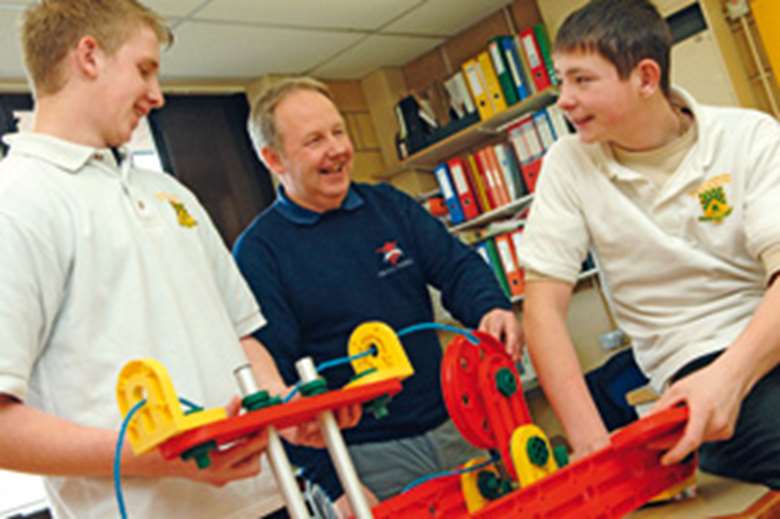Good Practice: SkillsForce educational programmes
Monday, February 21, 2011
Former military personnel help pupils to achieve in education

Project SkillForce
Funding Received £7.45m in 2009/10, about 80 per cent from fees charged to schools and 20 per cent voluntary income
Purpose To give young people the skills and motivation to go into further education, training and employment
Background SkillForce started life more than 10 years ago as a pilot scheme funded by the Ministry of Defence and the then Department for Education and Skills to use the skills and experience of former service personnel in working with young people. It became an independent charity in 2004 and now has 20 teams working in 150 schools across England and Scotland, offering educational programmes designed to help young people achieve their full potential. The majority of instructors have served in the armed forces.
Action SkillForce's two-year programme is offered to pupils as an alternative to taking certain GCSEs. The young people must want to do the programme and have the consent of parents and the school. Usually about 30 to 40 per cent are on free school meals and the same proportion have some form of special educational needs. The groups are of mixed ability but, according to chief executive Peter Cross, they are often the ones who are not going to get five A* to C grades at GCSE. "Many are disengaged from learning and struggling in school," he says.
SkillForce instructors work with students for one day a week, offering the chance to learn personal and practical skills and gain qualifications in areas such as sports leadership, personal effectiveness and enterprise, including working towards a bronze Duke of Edinburgh's Award. "We'll usually start off with first aid," says Cross. "It gets the young people learning straight away and they see the value of it. Not long into the course, they're up on stage getting a certificate for something rather than being shouted at."
The course aims to link core skills such as numeracy with practical tasks like map-reading. Students do a five-day residential at the end of the first year. Young people are on first-name terms with instructors, who work in pairs to make it easier to deal with any issues.
"We're more relaxed than teachers, although we set clear boundaries," says Cross.
Typically, groups are 70 per cent boys and 30 per cent girls with the majority of instructors being male. Having male instructors is a plus because a lot of the boys don't have a positive male role model in their lives, says Cross. The relationship that instructors build with the young people over the two years is critical, he adds: "We put aside any history the young person might have in school in terms of reputation and start with a clean slate. Many of our instructors come from the same kind of backgrounds as the young people and it was only in the services where they realised the value of being engaged in learning and education." The fact that instructors have had another career helps. "Quite a lot have served in Iraq and Afghanistan and seen and done some incredible things. It's not about telling war stories but young people do respect them," says Cross.
Outcome The estimated saving to the public purse from SkillForce activities in reducing the number of young people not in employment, education or training was £40m in 2007/08. SkillForce estimates that every £1 spent on the programme saves society at least £5.
Attendance at SkillForce sessions tends to be 90 per cent or higher and students' overall attendance improves, according to schools. Sixty per cent of SkillForce students receiving free schools meals enter further education, compared with a national average of nine per cent.
Ninety-seven per cent of young people who do the course remain in education, training and employment. Cross says the programme changes young lives. "They really improve in their confidence," he says.
Around 3,500 young people a year do the two-year course, but the aim is to expand that to 10,000. SkillForce also runs courses ranging from a week to a term.
If you think your project or programme is worthy of inclusion, email supporting data to andy.hillier@haymarket.com
THE IMPACT OF SKILLFORCE
Percentage of young people who go on to employment, education or training
SkillForce students: 97%
National average among Neet young people: 16%
Percentage of students who receive free school meals who go on to further education
SkillForce students: 60%
National average: 9%
Percentage of SkillForce students who leave school with a recognised qualification
93%
Source: SkillForce




